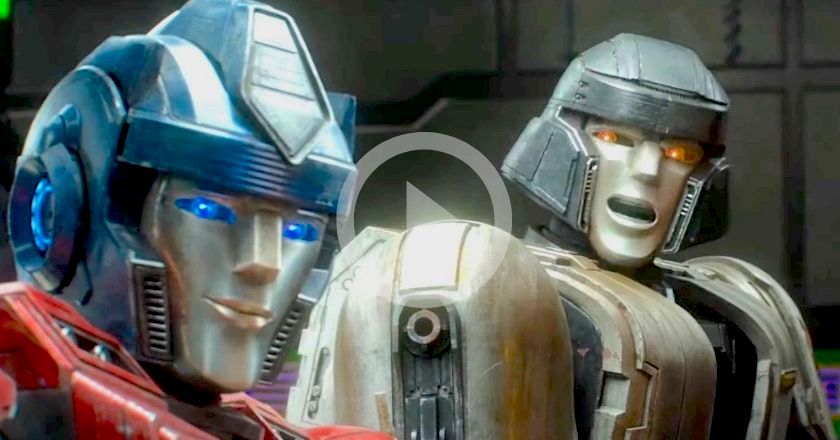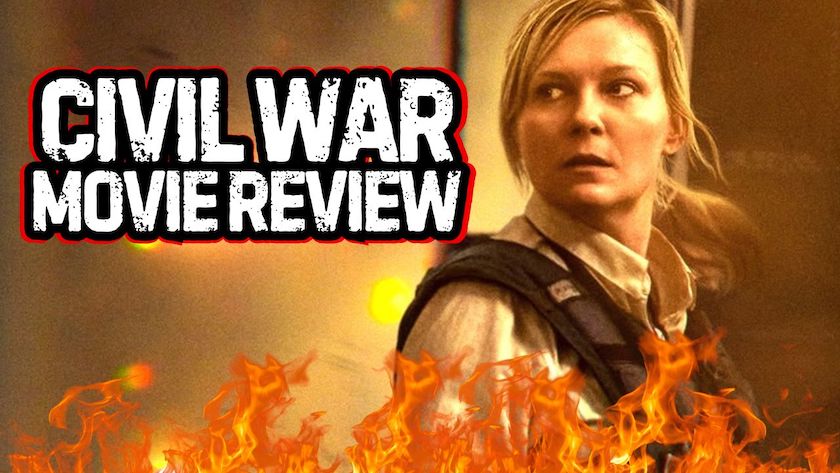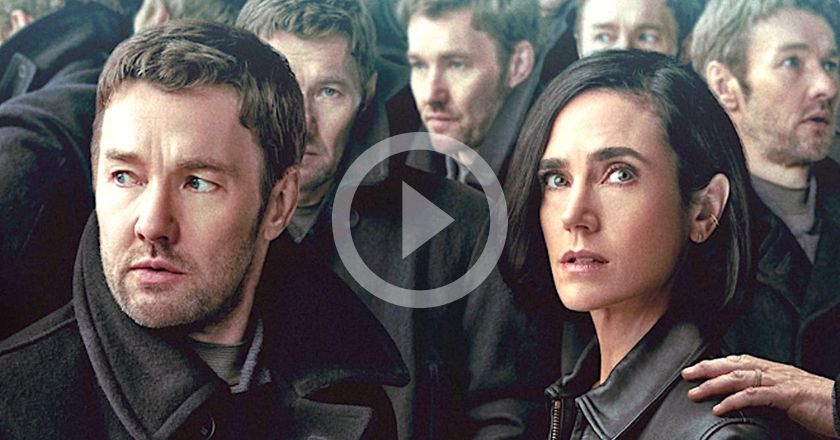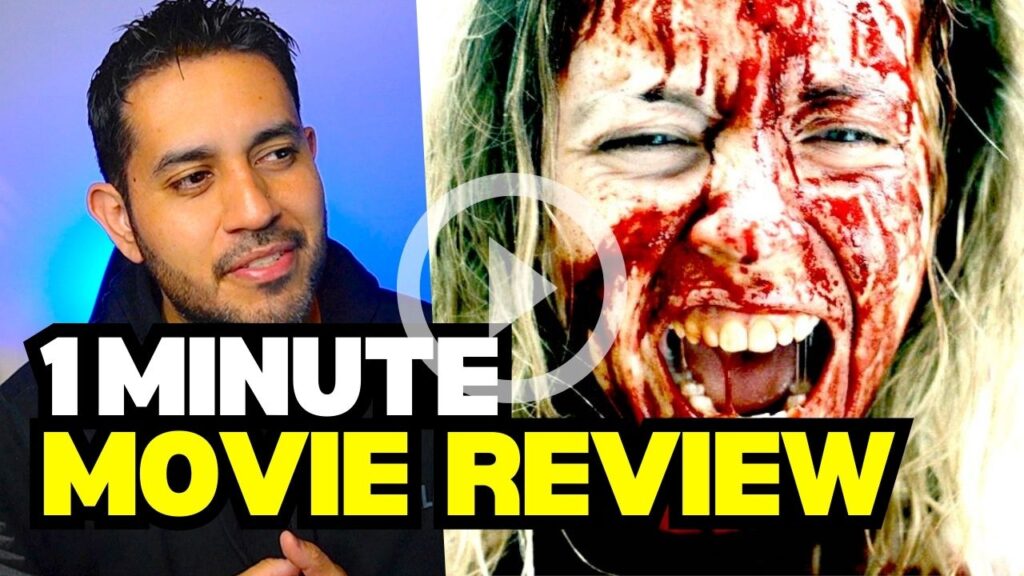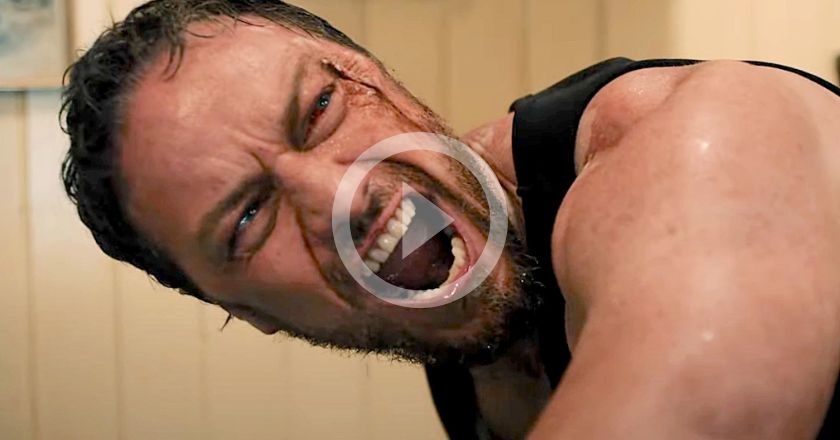Buried (2010)
Despite the rave reviews, there were still some walking away from Buried feeling cheated that it wasn’t the Saw-esque horror some of the trailers had promised. Yes, Ryan Reynolds faces the possibility of cutting off appendages, but that’s not the sole reason to tune in. Director Rodrigo Cortés has constructed what is essentially a one-man show with Reynolds playing a construction worker in the Middle East, waking up to find himself trapped in a wooden box, purportedly underground, with only a mobile phone for company. As we never leave Reynolds throughout his ordeal, Buried is unbearably tense. Everything has been designed to unnerve and harass the audience. Even a simple phone call to his employers doesn’t do much to mitigate to hostility of the situation. If you want a dirtier, grittier version of Locke that focuses less on concrete and more on one man’s torture as a symbol of America’s occupation in the Middle East, watch Buried. It’ll scratch all the spots Saw missed.
Shallow Grave (1994)
Three flatmates – played by Ewan McGregor, Christopher Eccleston and Kerry Fox ““ take in a fourth lodger, who quickly dies of a drugs overdose. Upon realising that their deceased potential new best friend has left behind a huge pile of money, the three friends agree to hide the body and keep the cash. Unfortunately, for them, a murderous pair of hoodlums is also looking for the money. Danny Boyle’s feature debut Shallow Grave has a cast of characters who are all fairly unlikeable, but what earns it a place on this list is the transformation of Eccleston’s mild-mannered accountant, David. Becoming increasingly more paranoid that he and his friends are destined for danger, David hides himself and the money in their attic, prowling around the house, spying on everyone through makeshift holes in the ceiling. What makes this all particularly horrific is watching the only real voice of reason out of the three effectively become the big bad of the flat. It’s not the men wanting their cash back that the audience should be afraid of, it’s the man who can help you with your taxes.
A Clockwork Orange (1971)
Realised in 1971, Clockwork Orange was withdrawn from public release by Kubrick himself, who didn’t want to see the film associated and blamed for numerous murders that had happened in the previous two years. This dystopian drama pulls no punches with its problematic scenes of physical and sexual violence. There is no doubt that Alex (Malcolm McDowell), the tear away teenager hell bent on watching the earth burn, is a horrific example of humanity. But, and it’s a huge but, what makes Clockwork Orange so terrifying is the polar extremes in which he is treated by society. A left wing government has let the country fall into disrepair, leaving an emerging right wing government to further crush society underfoot with a well-rehearsed smile on its face. After being put in prison, Alex’s rehabilitation is through experimental means, which sees the very idea of free will stripped from his personality. Unable to defend himself, he is attacked in the outside world by the very people the film sets up to be virtuous: the victims of his own crimes. Bleak and unsettling, Clockwork Orange is a centrist’s idea of a nightmare come true.
Watership Down (1978)
If you never watched Watership Down whilst growing up, then congratulations on your precious and clean childhood. Based on the novel of the same name by Richard Adams, Watership Down is the tale of little Fiver, who has a premonition that his warren is under threat and encourages several of his friends to help him search for a new home. Oh, look at the fluffy rabbits. Listen to the soft vocals of Art Garfunkel and– Oh dear god! Mother, the blood! So much blood! Lacerations, fields flooded with claret, our hero accepting death and frolicking like a lupin zombie– Watership Down is to children’s animated movies, what the Hostel franchise is to children’s animated movies. If you think I’m blowing this out of proportion, throw your eyes over to the UK, where Channel 5 received dozens of complaints for showing the film at Easter in 2016. To quote the head of the BBFC, “The film has been a U for 38 years, but if it came in tomorrow it would not be. Standards were different then.” Yes, apparently terrifying children was a national pastime.
High-Rise (2015)
Based on JG Bollard’s book of the same name, Ben Wheatley’s High-Rise may seem like an obvious choice for this top ten. It does after all begin with our ‘hero’, Dr Robert Laing (Tom Hiddleston), passively eating roast Alsatian. However, High-Rise goes beyond visceral gore, diving deep into the human psyche and unpacking the idea of mankind’s inhumanity against itself. Like the book, it’s never really explicit what starts the war between the top floors and the bottom floors of the titular building, and you’d be a fool to try and work it out. There’s a hive mind at play here with the haves and the have nots, battling for supremacy. Everyone, from Laing to documentary maker Richard Wilder (Luke Evans), is both the hero and the villain in their own story. High-Rise is shocking because it underlines what we already know about ourselves: we are horribly selfish as a species and even the most virtuous is susceptible to corruption. Put this on a double bill with Demons 2 and you’ll quench your desire for an apartment in the city in no time.
[molongui_author_box author=”59874″ guest=”yes”]

